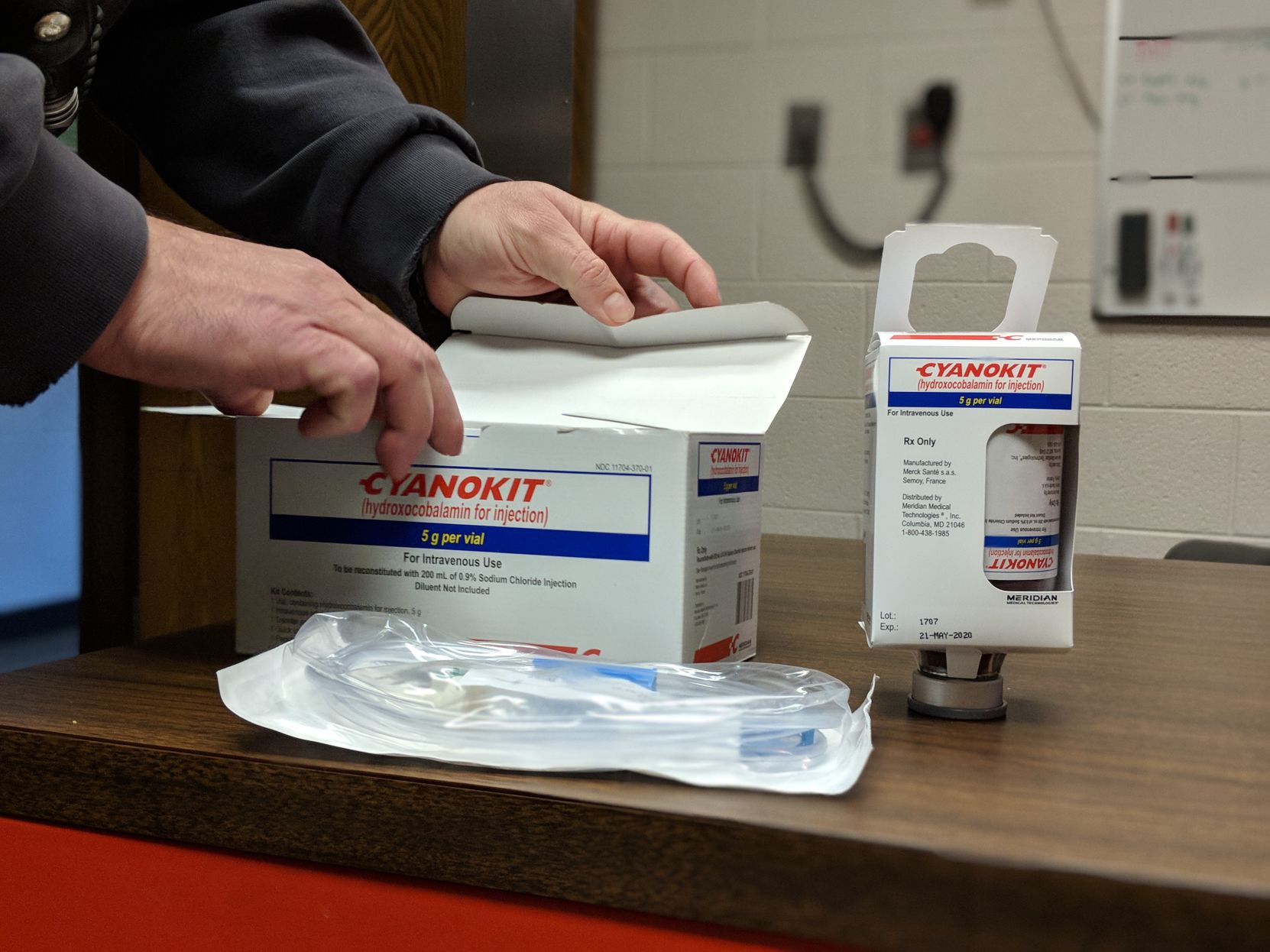
Nevertheless, the cassava linamarin and cyanide were not completely eliminated by the MeCYP79D1 knockout.

The levels of linamarin and evolved cyanide present in the leaves of mecyp79d1 lines were reduced up to seven-fold. DNA sequencing analysis revealed that the tested putative transgenic plants carried mutations within the MeCYP79D1 locus, with deletions and substitutions being reported upstream and downstream of the PAM sequence, respectively. Eight plants were recovered and genotyped. The vector design resulted in knockout in cotyledon-stage somatic embryos regenerated under hygromycin selection. In this study, we performed targeted mutagenesis of the MeCYP79D1 gene in exon 3, using CRISPR/Cas9, via Agrobacterium-mediated transformation. In recent years, the CRISPR/Cas system, has proven to be the most effective and successful genome editing tool for gene function studies and crop improvement. There is a need for acyanogenic cassava cultivars in order for it to become a consistently safe and acceptable food, and commercial crop. Consumption of residual cyanogens results in cyanide poisoning due to conversion of the cyanogens to cyanide in the body. Cassava leaves and roots contain toxic quantities of the cyanogenic glycoside linamarin. This work demonstrates cassava genome editing for enhanced food safety and reduced processing burden, against the backdrop of a changing climate.Ĭassava is the world's most essential food root crop, generating calories to millions of Sub-Saharan African subsistence farmers. The congruence of results across accessions indicates that our approach could readily be extended to other preferred or improved cultivars. Although knockout of CYP79D2 alone resulted in significant reduction of cyanide, mutagenesis of CYP79D1 did not, indicating these paralogs have diverged in their function.

Knockout of both genes eliminated cyanide in leaves and storage roots of cassava accession 60444 the West African, farmer-preferred cultivar TME 419 and the improved variety TMS 91/02324.

To reduce cyanide levels in cassava, we used CRISPR-mediated mutagenesis to disrupt the cytochrome P450 genes CYP79D1 and CYP79D2 whose protein products catalyze the first step in cyanogenic glucoside biosynthesis. This problem is further exacerbated by drought conditions which increase this toxin in the plant. Excessive consumption of insufficiently processed cassava, in combination with protein-poor diets, can have neurodegenerative impacts. This staple, however, produces the neurotoxin cyanide and requires processing for safe consumption. Cassava ( Manihot esculenta ) is a starchy root crop that supports over a billion people in tropical and subtropical regions of the world.


 0 kommentar(er)
0 kommentar(er)
